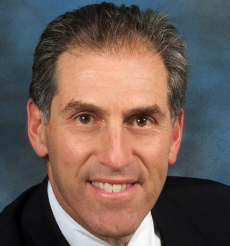
There are at least five causes of pain after a filling, says a leading dentist.
There are a number of causes for pain after getting a filling, besides the expected discomfort or soreness from the anesthetic needle injection itself, and perhaps from keeping the mouth stretched open during the procedure.
“Fillings are sometimes placed because a tooth is compromised. Part of the compromise may be visible, or seen only with an x-ray,” says Donald R. Tanenbaum, DDS, MPH, a board certified TMJ and orofacial pain specialist, and author of “Doctor, Why Does My Face Still Ache.”
Dr. Tanenbaum adds, “When a tooth is compromised its nerve may also be irritable, or become irritable after a filling is placed.”
That’s one possible cause of the pain.
The next, says Dr. Tanenbaum, is “when a deficit in an old filling is repaired, or a crack sealed, a previously non-symptomatic tooth may begin to hurt, prompting the patient to wonder if the dentist did something wrong.”
This is a common scenario: Patients indeed thinking that their dentist made a mistake somewhere.
However, Dr. Tanenbaum says, “Nothing was likely done wrong…a bigger problem just came to the surface.”
A third possible cause of pain is from a nerve in the tooth that’s inflamed or dying, and “may be more prominent after a filling has been placed.”
A fourth cause is “when decay is removed from a tooth, the nerve is partially exposed,” says Dr. Tanenbaum.
“There may be times when root canal therapy is recommended or a wait and see approach is offered to the patient.
In these scenarios, pain may arise in the tooth that is being watched; though there were good intentions, the outcome can lead to pain if the inevitable need for root canal therapy is put off.”
Finally, and nobody likes to hear this, but Dr. Tanenbaum says that there are rare occasions when the pain occurs for “no good reason.”
Maybe it’s from the cutting process during the filling procedure, or maybe the placement of the filling is behind the pain.
“There are actually a small percentage of patients who develop pain even after simple cleaning and the pain persists long after calming is expected.
“These problems likely relate to neural excitation and have an unexplained origin, but are more common in women and may relate to genetic factors that are now only being explored.”










































